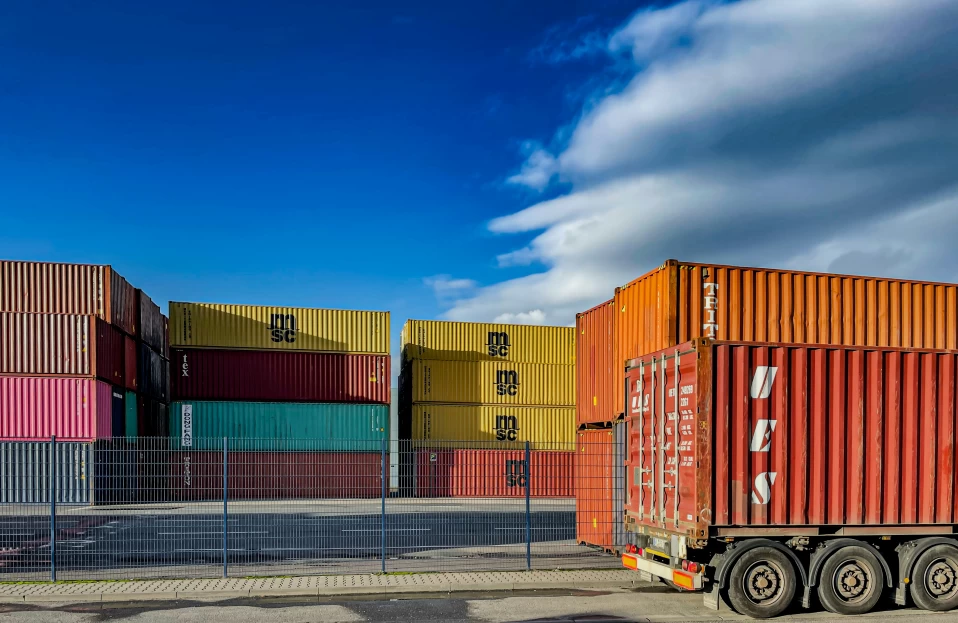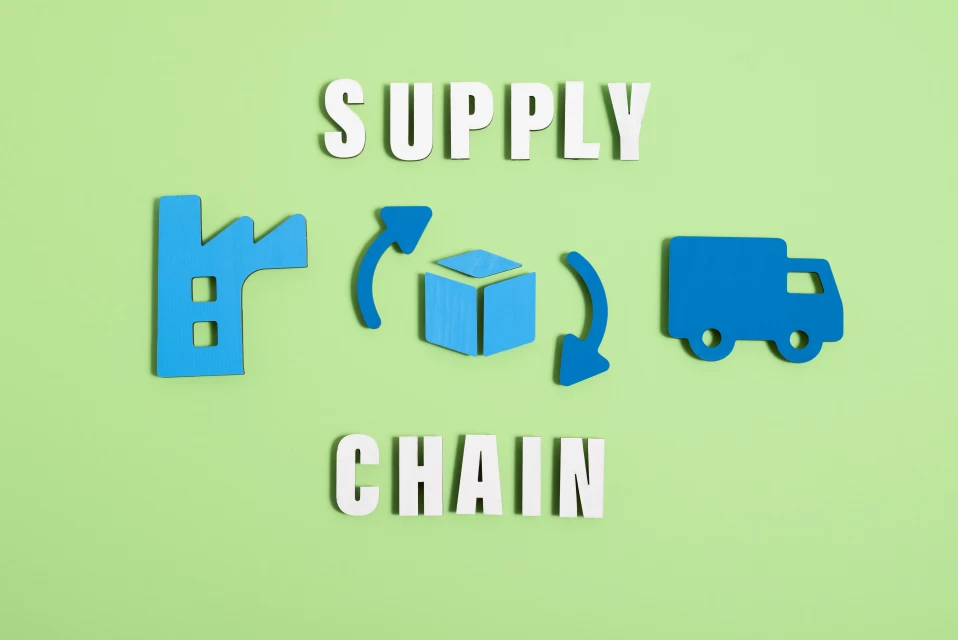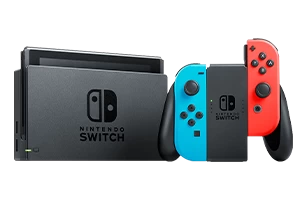Navigating the Smartphone Wholesale Supply Chain: Challenges and Solutions
The smartphone wholesale industry relies heavily on an efficient supply chain to meet the growing demand for devices. However, with supply chain disruptions becoming more common, wholesalers need to adopt strategies that ensure smooth operations. Here’s a look at some of the challenges and solutions in smartphone wholesale supply chains.
1. Supply Chain Disruptions and Their Impact
Global supply chains for smartphones have faced significant disruptions due to factors like manufacturing delays, raw material shortages, and geopolitical tensions. Wholesalers should develop contingency plans to mitigate these disruptions, such as diversifying their supplier base and establishing buffer stock to ensure a steady supply of devices.
2. Managing Inventory Efficiently
Maintaining optimal inventory levels is a delicate balancing act. Overstocking can lead to unnecessary costs, while understocking may result in missed sales opportunities. Wholesalers should implement real-time inventory tracking systems and use demand forecasting tools to align inventory levels with market demand.

3. Strengthening Supplier Relationships
Building strong, reliable relationships with suppliers is critical to overcoming supply chain challenges. Wholesalers should prioritize working with suppliers who have a proven track record of meeting deadlines and delivering high-quality, authentic smartphones. Consistent communication and long-term agreements can also help reduce risks.
4. Sustainable Supply Chain Practices
Sustainability is becoming an important consideration in supply chains. Wholesalers should explore eco-friendly options, such as sourcing smartphones from manufacturers that use sustainable production methods or recycled materials. This can reduce environmental impact and appeal to environmentally conscious retailers.












